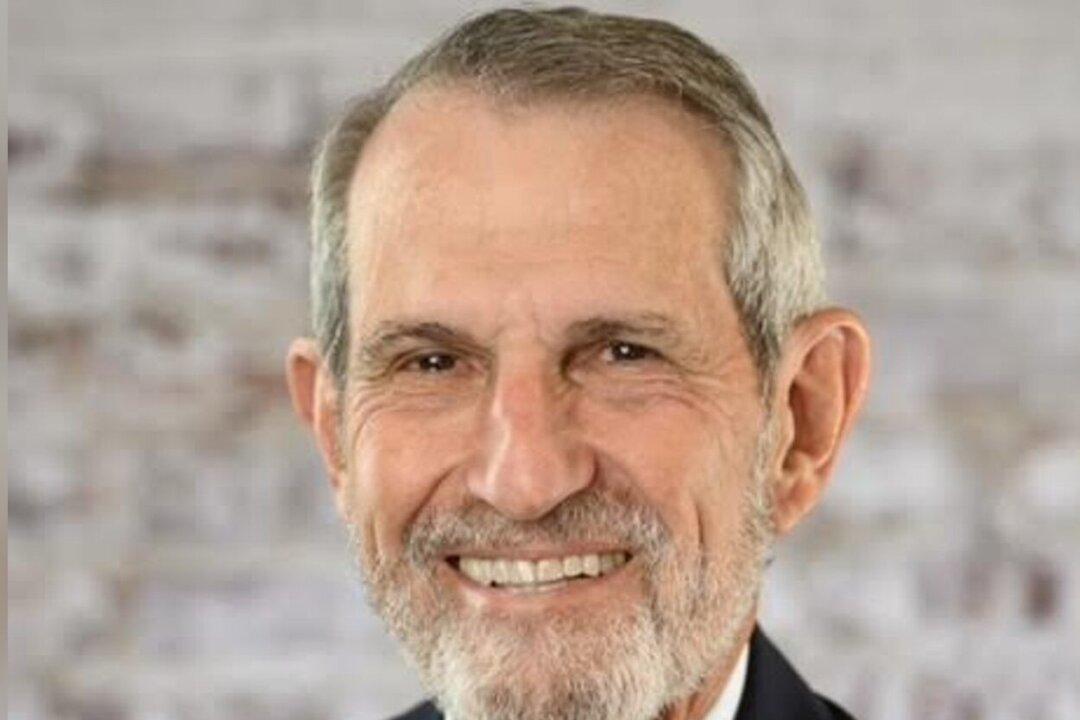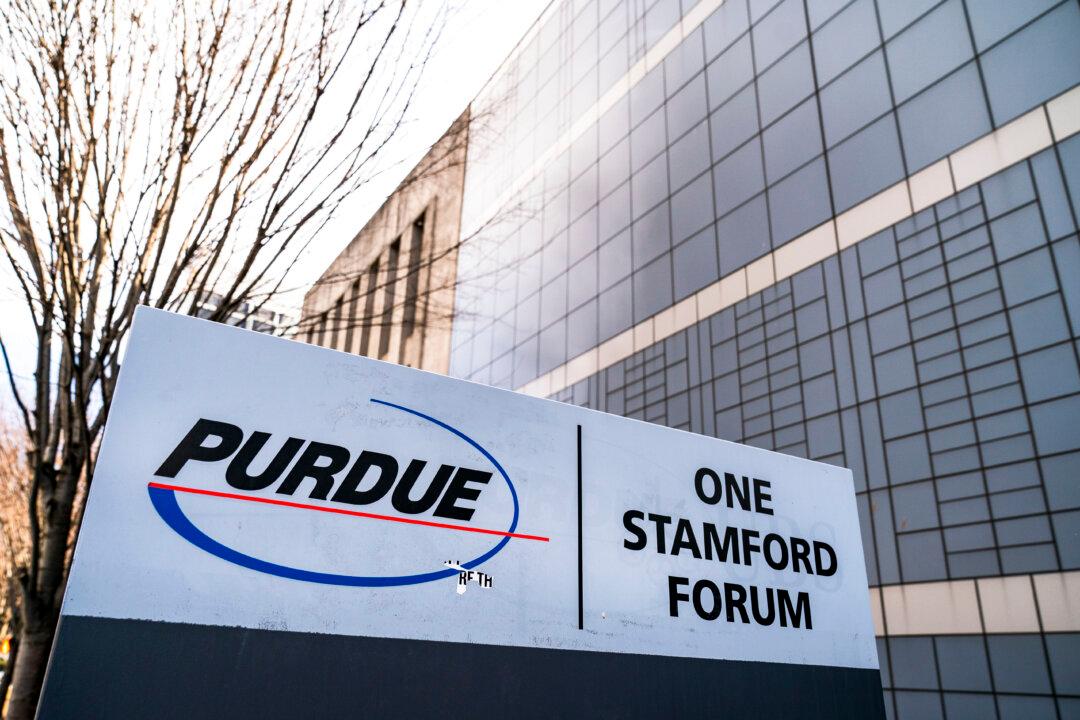A flagship medical association that represents major medical schools nationwide has released a November 2022 report (pdf) promoting woke culture in medical schools.
The Association of American Medical Colleges (AAMC) is a Washington-based nonprofit comprising 157 accredited U.S. medical schools; 14 accredited Canadian medical schools; approximately 400 teaching hospitals and health systems; and up to 80 academic societies.





